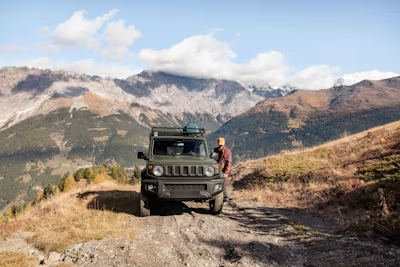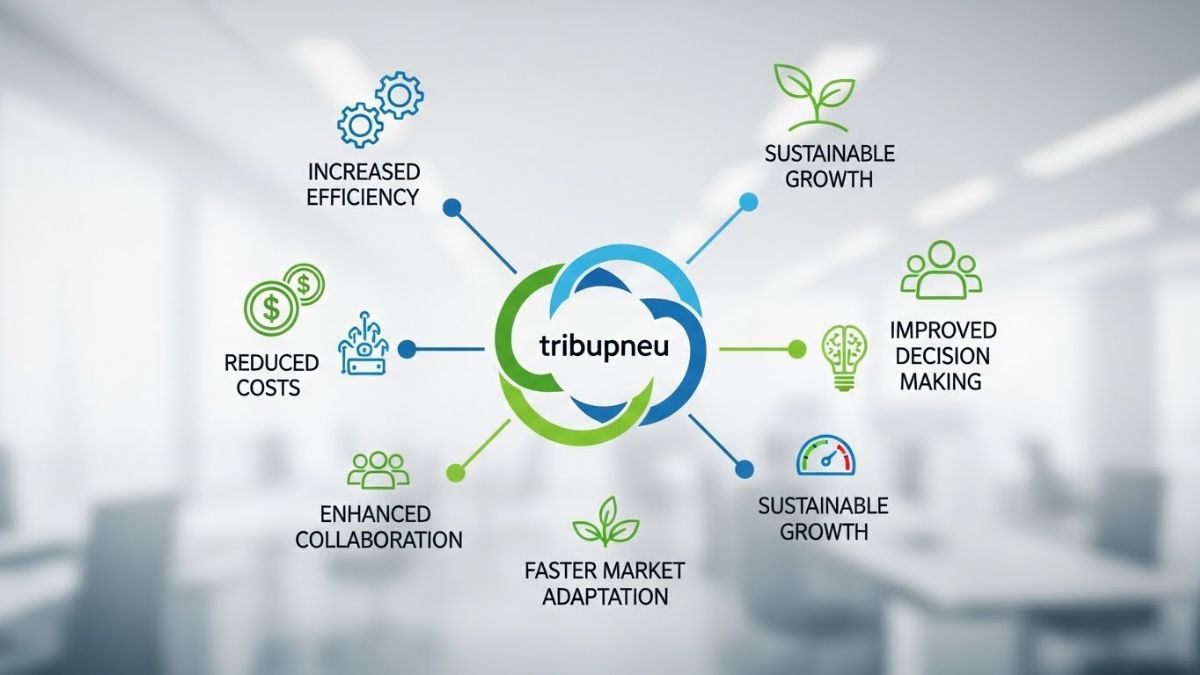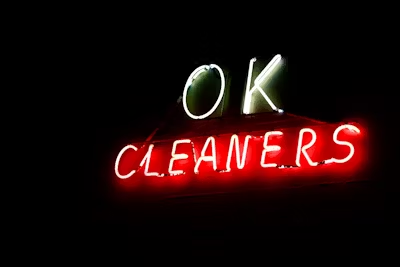The Jeep Wrangler is a legendary name in the off-road world. Known for its rugged build, iconic design, and unmatched capability on tough terrain, the Wrangler continues to be a top choice for adventure seekers and outdoor enthusiasts. Whether you’re navigating rocky trails, sandy dunes, or snow-covered passes, this SUV offers the performance and features you need to conquer the wild. But beyond off-roading, the Wrangler also holds its own when it comes to towing—something many buyers don’t fully explore.
If you’re looking at a Jeep Wrangler for sale, understanding its off-road strengths and towing capacity is essential for getting the most out of your vehicle. This guide covers everything you need to know about the Wrangler’s terrain-tackling ability and how to safely tow with confidence.
Trail-Ready Design and Features
At the heart of the Jeep Wrangler’s appeal is its off-road readiness. It’s built from the ground up to perform in environments where ordinary SUVs fail. Several design elements make this possible:
- High ground clearance: Most Wrangler models come with at least 9.7 inches of clearance, allowing you to drive over rocks, logs, and uneven surfaces.
- Short front and rear overhangs: These enable steep approach and departure angles, critical for climbing or descending inclines without scraping the body.
- Skid plates: Protect the undercarriage, fuel tank, and transfer case from sharp rocks and debris.
- Removable doors and roof: Add versatility and allow for open-air driving experiences in the wild.
Every part of the Wrangler’s design serves a purpose for off-road capability.
4×4 Systems and Drivetrain Options
The Wrangler offers multiple 4×4 systems tailored for different levels of off-roading:
- Command-Trac®: A part-time system perfect for light trails and inclement weather. It lets you switch from 2WD to 4WD when needed.
- Rock-Trac®: Available on Rubicon trims, this system offers better torque control, locking differentials, and a 4:1 low gear ratio for intense rock crawling.
- Selec-Trac®: A full-time system that automatically adjusts torque between front and rear wheels based on conditions—great for daily drivers who want peace of mind in snow or rain.
Each system has its strengths, and choosing the right one depends on how often and where you plan to go off-road.
Tire and Suspension Enhancements
A big factor in off-road success is your tires and suspension setup. Luckily, the Jeep Wrangler is built to accommodate serious upgrades:
- All-terrain or mud-terrain tires: Provide the traction needed for rock, mud, sand, and snow. Many trims come standard with rugged tire options.
- Heavy-duty suspension: Models like the Rubicon feature performance-tuned shocks and a stronger suspension system for more control on rough surfaces.
- Electronic sway bar disconnect: Lets the front wheels move more freely for better articulation on rocky trails.
With these features, the Wrangler remains one of the most customizable off-roaders on the market.
Trail Rated Badge: What It Means
If you’re shopping for a Wrangler, look for the “Trail Rated” badge—it’s more than just a label. This designation means the vehicle has passed rigorous testing in five key areas:
- Traction: Ensures grip on unpredictable terrain
- Water Fording: Allows safe crossing through shallow rivers or streams
- Maneuverability: Handles tight turns and obstacles
- Articulation: Keeps wheels on the ground during uneven travel
- Ground Clearance: Lets you clear rocks, roots, and debris
Trail Rated Wranglers are built for real-world challenges, not just marketing hype.
Towing Capacity Overview
While the Wrangler isn’t primarily known for towing, it can still haul a decent load. Depending on the model, towing capacity ranges between:
- 2-door Wrangler: Up to 2,000 pounds
- 4-door Wrangler Unlimited: Up to 3,500 pounds
These numbers are perfect for towing small boats, trailers, dirt bikes, or even a compact camper. But before towing, it’s important to understand how to do so safely.
Choosing the Right Tow Package
If you plan to tow with your Wrangler, investing in the proper tow package is essential. Jeep offers factory and aftermarket options that typically include:
- Class II or III hitch receiver
- Wiring harness for trailer lights
- Heavy-duty alternator (for powering trailer systems)
- Engine cooling enhancements
Be sure to install the correct hitch for your expected towing weight. A dealership can help you configure the Wrangler properly based on your trailer type and usage.
Trailer Weight and Tongue Load Tips
Understanding the math behind towing is critical. The Gross Trailer Weight (GTW) is the total weight of your loaded trailer. The Tongue Weight (TW) is the downward force the trailer exerts on your vehicle’s hitch. For safe towing:
- Tongue weight should be about 10–15% of your total trailer weight.
- Never exceed your Wrangler’s maximum capacity.
- Use a weight-distributing hitch for heavier loads to improve stability.
Exceeding limits can affect braking, steering, and tire wear—not to mention voiding your warranty or causing damage.
Towing Safety Checklist
Before hitting the road with a trailer, follow this checklist to ensure everything’s ready:
- Confirm hitch and wiring are properly secured
- Check brake lights and turn signals on the trailer
- Secure all cargo inside the trailer
- Make sure tire pressure is correct for both the Jeep and trailer
- Adjust mirrors for wider visibility
- Bring a trailer jack, spare tire, and emergency kit
Preparation is the best way to ensure a safe and stress-free towing experience.
Terrain Considerations When Towing
Towing off-road adds a whole new level of complexity. While the Wrangler can handle trails with ease, towing over uneven ground requires extra caution:
- Use low range gearing when climbing or descending steep grades
- Avoid sharp turns or steep drop-offs that could unbalance the trailer
- Check clearance frequently—your trailer adds length and potential points of contact
- Distribute weight in the trailer evenly to prevent swaying or tipping
Always scout off-road routes in advance and plan according to your trailer’s size and capabilities.
Fuel Economy and Towing
Towing puts additional stress on your engine and reduces fuel efficiency. Expect a drop in MPG, especially when towing uphill or on long trips. To help mitigate the impact:
- Keep speeds moderate—between 55 and 65 mph
- Use cruise control on highways only if road conditions are stable
- Downshift manually when needed to maintain power and reduce strain
- Avoid overloading the trailer beyond your Jeep’s capacity
Proper towing practices not only improve safety but also protect your fuel budget.
Accessories for Better Off-Road and Towing Performance
Enhancing your Wrangler’s capabilities with accessories can improve your off-roading and towing experience:
- Tow hooks and recovery straps: For pulling yourself or others out of tough spots
- Onboard air compressors: Helpful for adjusting tire pressure on the trail or inflating tires after rough terrain
- Roof racks or cargo trays: Free up space inside your vehicle
- Trailer sway control systems: Help maintain stability during high-speed towing
Choosing gear designed for rugged use ensures reliability when you need it most.
Conclusion
The Jeep Wrangler is a powerhouse of off-road engineering, built to handle trails, mud, rocks, and everything in between. But its abilities go beyond rugged terrain—the Wrangler also offers dependable towing capacity when properly equipped and used with care. Whether you’re hauling outdoor toys to the mountains or navigating off-grid trails, the Wrangler delivers unmatched versatility and freedom.
With the right preparation, gear, and knowledge, you’ll be ready to tackle any adventure that comes your way—on the road or off it.











